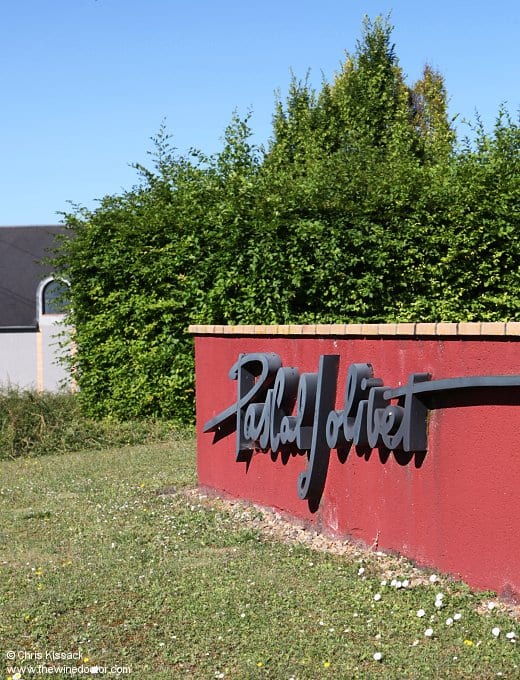Pascal Jolivet
Sancerre is an appellation of contrasts, one in which every approach to making wine can be found. There are domaines which follow strict biodynamic or organic philosophies, in some cases the domaine having been switched to these methods after being signed over to a new generation, perhaps freshly returned from biodynamic experiences in Burgundy, the Rhône or even further afield. These vignerons will work the soil in preference to using herbicides or similar, and carry out all the work in the vineyard by hand. And in contrast, there are those who continue to work in what you might refer to as a ‘conventional’ manner, making full use of both chemical treatments and machine harvesters (the latter being very common indeed).
Size makes for another obvious contrast in Sancerre. There are some domaines where a living is eked out of only a few hectares, maybe three or four. This puts them on a par with Château Lafleur or Château L’Église-Clinet in Bordeaux in terms of area cultivated, and perhaps volumes produced (although this will be influenced by yields of course), although obviously a bottle from Pomerol tends to sell for a just a little more than most bottles of Sancerre. In contrast, Sancerre plays host to a number of super-estates, usually part-domaine, part-négociant, which dwarf these diminutive neighbours. Perhaps the most obvious is Henri Bourgeois, whose facilities dominate the little village of Chavignol. Less well known, perhaps, is Pascal Jolivet. Although only a little more than half the size of Henri Bourgeois, Pascal Jolivet is still one of the largest producers of both Sancerre and Pouilly-Fumé in existence.

Please log in to continue reading:
